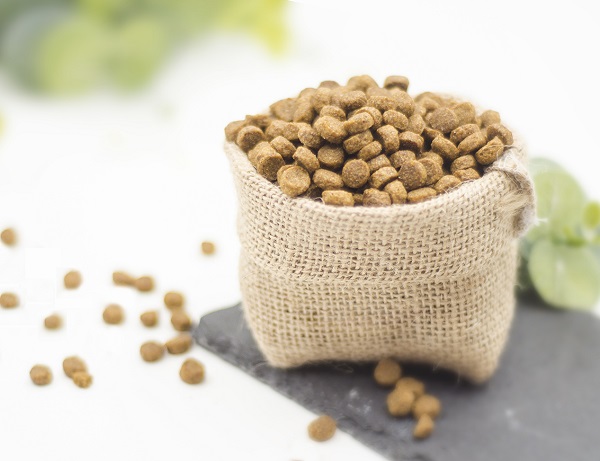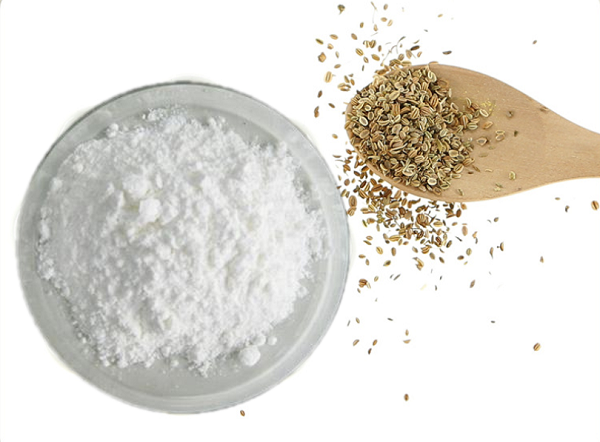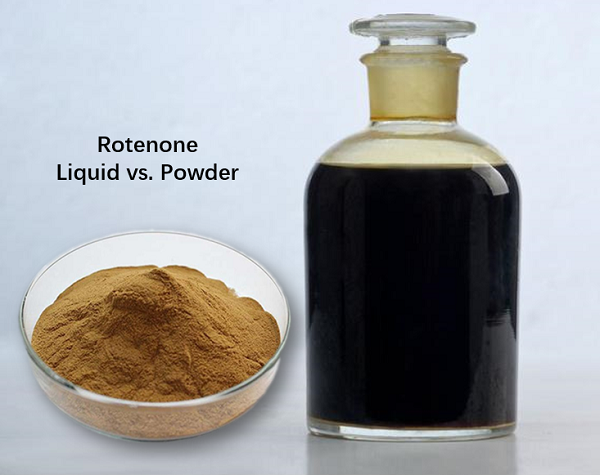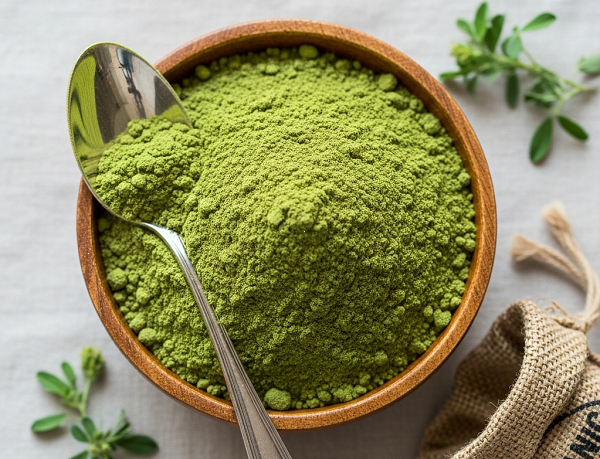Follow Us:
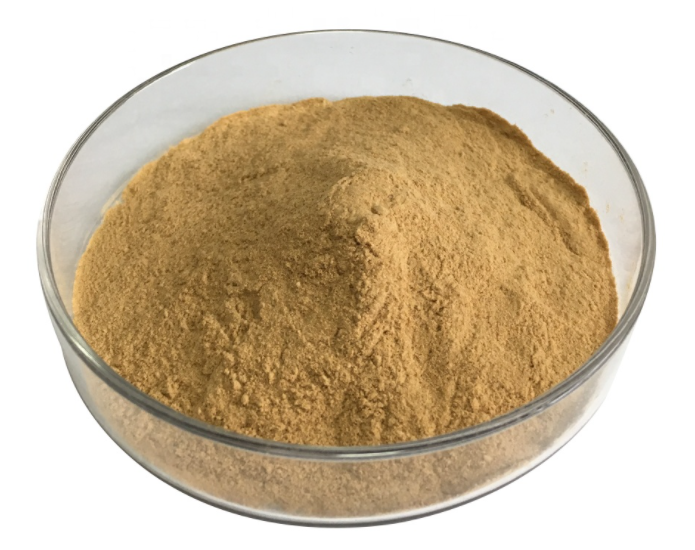
Feed Enzyme
The use of exogenous feed enzymes in poultry diets is becoming a norm to overcome the adverse effects of antinutritional factors and improve digestion of dietary components and bird performance. In this paper, an overview of the science behind the use of feed enzymes and the current status of enzyme technology is provided. Responses to enzyme supplementation are often variable and the reasons contributing to the observed variability are discussed. Though there are opportunities to enhance nutrient utilization with enzyme supplementation, there will be physiological limits to achievable responses.
These limits are imposed by the pH and digesta retention time within the digestive tract. Nutritional strategies to, at least partly, overcome these limits need to be explored; potential approaches include feeding to restore functionality of crop and gizzard as well as the use of unconventionally high doses of enzymes. Anticipated future development of better forms of feed enzymes will also lower the physiological barriers.

The specific roles of phytases, carbohydrases and protease result in numerous benefits for animals and producers.
When feed enzymes were first used more than a decade ago, their acceptance was limited to phytase applications for reduced phosphorus excretion. Although feed enzymes have been utilized for many years, we have only scratched the surface as research on feed enzyme technology.
The greater understanding of feed enzyme use comes at an ideal time as the demand for high-quality protein across North America and globally continues to rise. With advancements in management and technology, animals are in production for a relatively short time. Producers need to maximize that time efficiently in order to meet increased protein requirements, including getting the most out of the feed.
Poultry and swine diets traditionally contain highly digestible corn and soybean meal as base ingredients. A corn-soybean meal diet is about 85 percent digestible, leaving approximately 15 percent of the diet unavailable to the animal. The indigestible portion is increased in young animals that have minimal endogenous enzymes production within their digestive tracts.
Not only are these costly ingredients not being utilized, they are also causing detrimental effects in the gut. Undigested nutrients cause gut irritation and possibly diarrhea creating suboptimal conditions affecting nutrient absorption. This is another situation where enzymes can play a part.
In addition, North American nutritionists are seeing more alternative ingredients due to commodity price fluctuations. This creates a challenge as these ingredients have low digestibility and contain an increased amount of anti-nutritional factors.
References:https://www.feedstrategy.com/animal-feed-additives/how-animal-feed-enzymes-can-improve-producer-profitability/
https://www.dsm.com/anh/en_US/products/feed-enzymes.html













